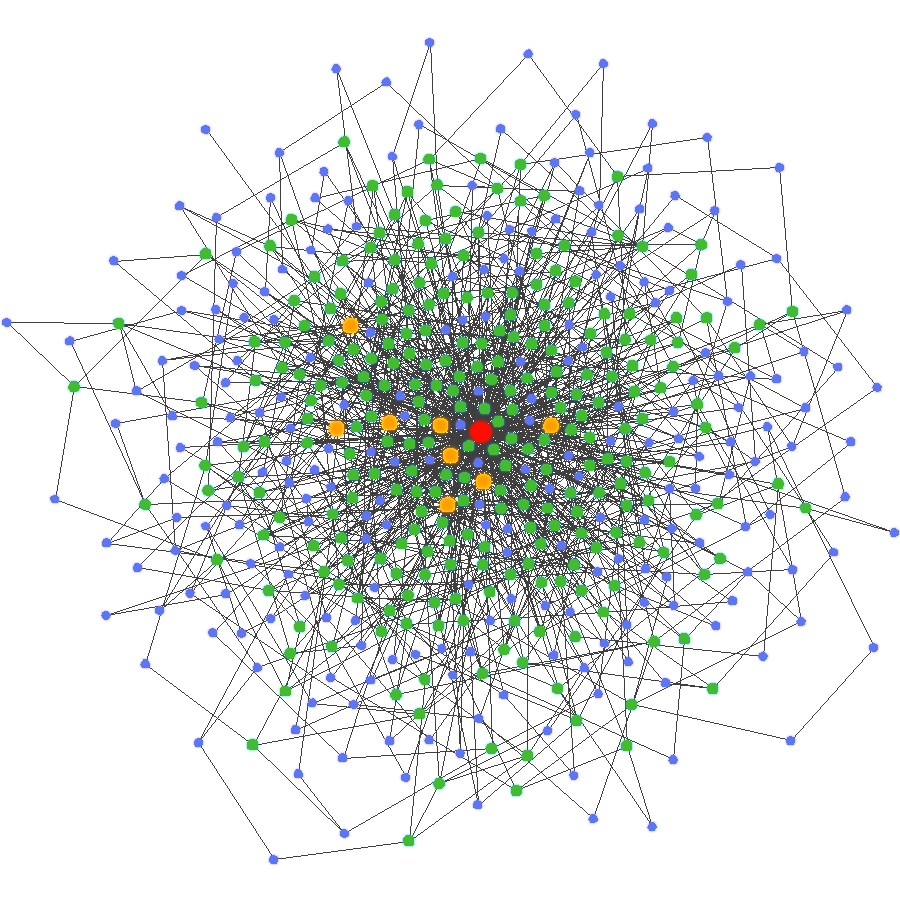Five reasons we live in interesting times

"May you live in interesting times."
No one quite knows the origin of that statement, though it's purported to be a Chinese proverb -- or even a curse.
But interesting times these are, with seismic changes continuously reshaping the way we work, live, and interact with each other. But these changes didn't pop up overnight -- they have been decades in the making, a convergence of social and technological forces.

In this new blogsite, "Smart Business," Heather Clancy and I hope to provide the latest, cutting edge thinking, as well as tried-and-true methodologies, on managing organizations through these interesting times.
Just to introduce myself, I am an author and independent researcher, tracking the impact of information technology and organizational change on management and markets. Some of my work also appears regularly over at ZDNet, ebizQ, and the FastForward Enterprise 2.0 sites. I have been following the unfolding changes across organizations since the 1980s, when I served as editor of Management World magazine and as a director of the Administrative Management Society.
And what a ride it's been. Over the past 20 years, there has seen an incredible convergence of technology, sociological and economics trends reshaping organizations and workplaces. Here are five of the most compelling forces at work:
1) From pyramids to participation. Not too long ago, corporations resembled pyramids in that they had a few individuals in charge on top and the bulk of the organization at the lower levels. Now, forward-looking companies are pushing decision making authority down to employees at all levels -- and even out to partners and customers networked into the core business.
2) From employment to empowerment: The balance of power in organizations has shifted to the end-user employee. Today's employees carry around portable skills, portable resources, and portable networks that can be quickly applied and adapted to new environments and situations. If the organization thinks it can no longer afford the services and expertise an employee provides, that employee may be able to rapidly shift that expertise and services to another organization. Now, employees remain connected in real time not only to their co-workers from organizations past and present, but also networks of professionals in their areas of expertise. Opportunities and new ideas for generating opportunities can be quickly shared and acted upon. Blogs, wikis, search engines and the like have transformed our workspaces into one single gigantic virtual workplace. We no longer depend on our coworkers down the hall; we now leverage resources from across the globe.
3) From "high tech" to "high touch:" This phrase was coined by John Naisbitt some 27 years ago, and it rings even truer today. That is, technologies succeed and deliver improvements when they introduce a human element. The rise of social networking sites illustrate this trend.
4) From a "busy" to "burst" economy: Anne Zelenka of Web Worker Daily identified the new emerging definition of productivity in the networked age. That is, individuals engaged in the “burst” economy are valued for the their ability to deliver information and insights, regardless of the time and place from which they were working -- versus employees compelled to merely keep “busy," and are judged on their attendance on a 9 to 5 basis.
5) From vertical to virtual organizations: Organizations and corporations were formed because they made it far more efficient to produce and distribute goods and services far more cheaply and efficiently than individuals. Now, however, its more efficient for many organizations to act as brokers of services secured from other sources. No longer can organizations afford to attempt to do everything on their own -- networks of partners, contractors, and communities can provide targeted services with greater efficiency.
Those are just five trends that stand out -- Heather and I will be covering a lot more. Embracing these trends is smart because today's organizations and their participants are part of an emergng global network that can rapidly deliver information and capabilities, regardless of borders or industry boundaries. We look forward to making this journey of discovery with you!
This post was originally published on Smartplanet.com